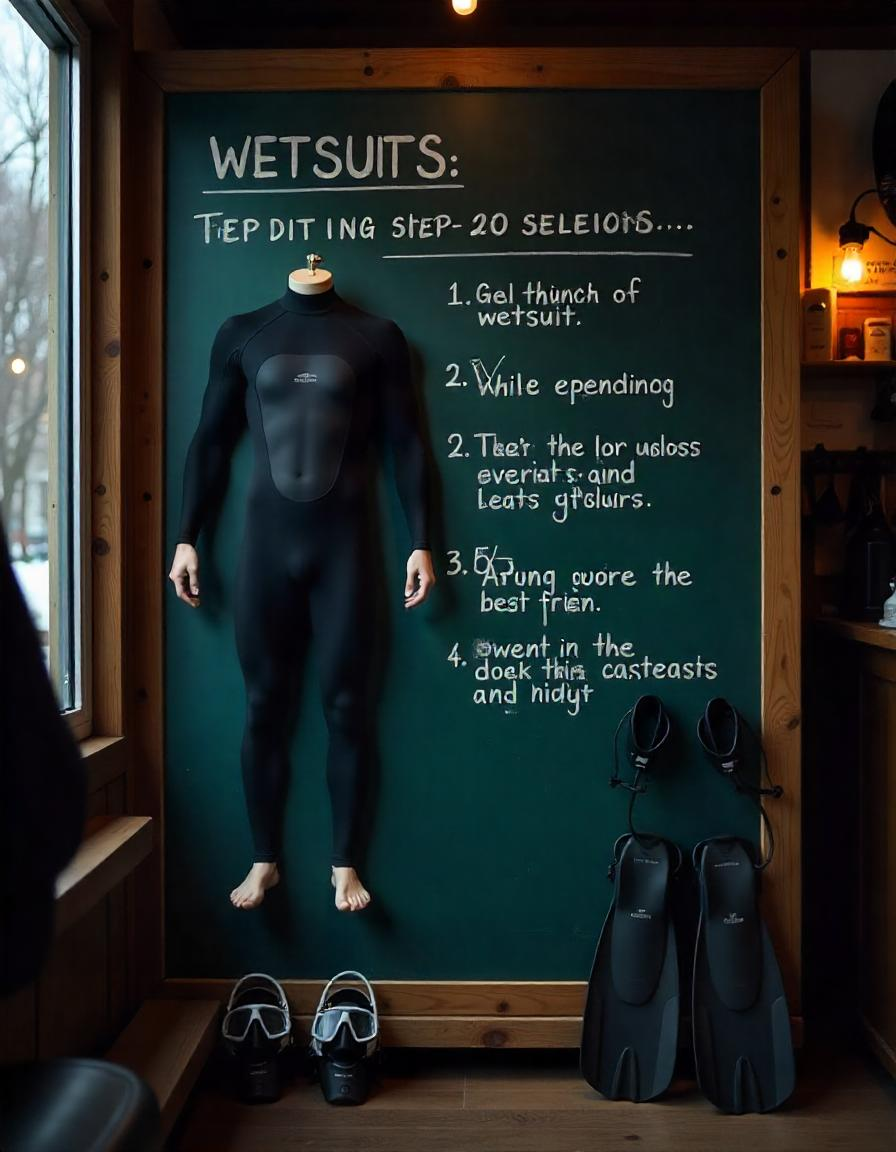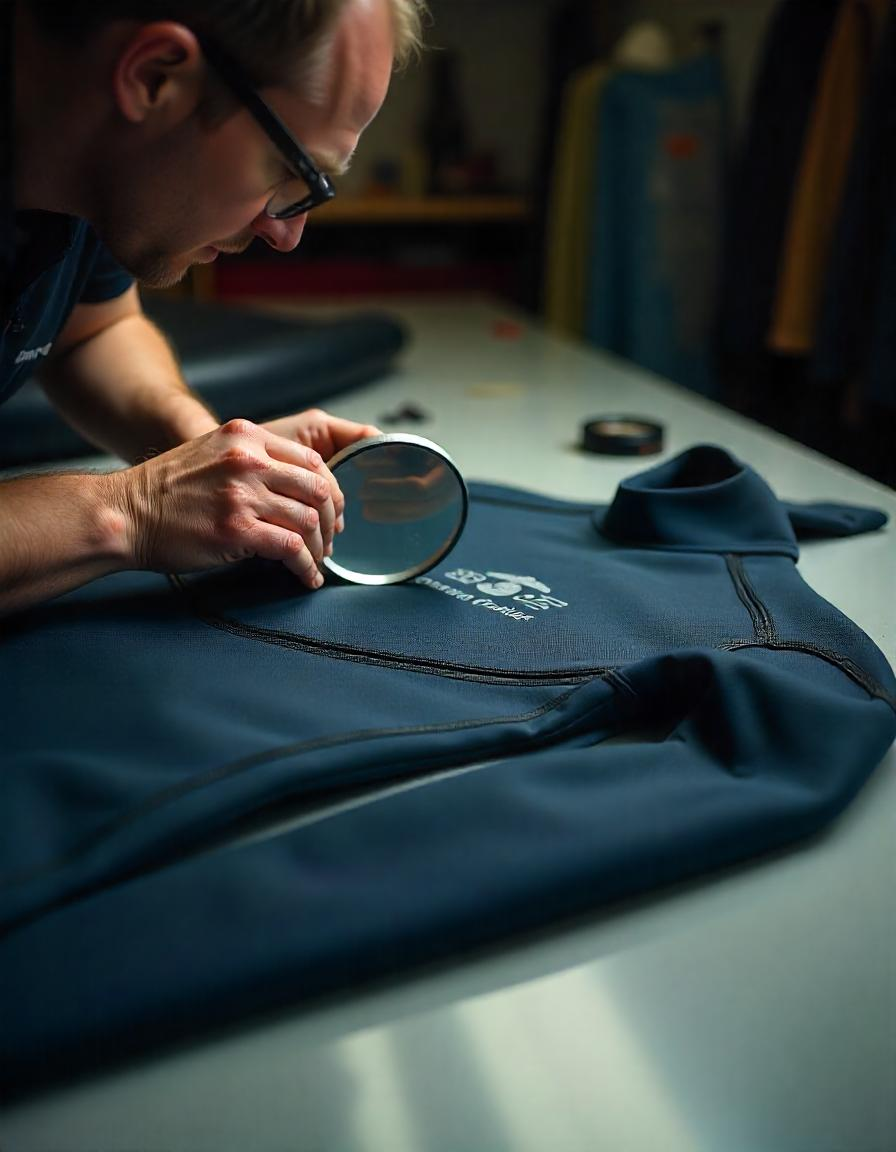Cold water swimming requires more than just a well-fitting wetsuit; additional accessories such as hoods, gloves, and boots are essential to keep you comfortable and safe in chilly conditions. These accessories help protect your extremities from the cold and extend your time in the water. In this guide, we’ll explore why these accessories are crucial and how to choose the best ones for your needs.
1. Why Wetsuit Accessories Are Essential for Cold Water Swimming
When swimming in cold water, the body loses heat rapidly, especially from the head, hands, and feet. A wetsuit alone may not provide enough insulation for these areas, leaving you vulnerable to hypothermia. By adding accessories like hoods, gloves, and boots, you can improve warmth, flexibility, and overall comfort. These items help prevent heat loss, allowing you to swim for longer periods without discomfort.
2. Hoods: Protecting Your Head in Cold Waters
A wetsuit hood is crucial for keeping your head warm, as it reduces the amount of heat lost from your body. The head is one of the most sensitive areas to cold exposure, and without proper protection, it can lead to exhaustion or early fatigue.
- Material: Most wetsuit hoods are made from neoprene, which is both flexible and insulating. Look for hoods with a thickness of 3mm to 5mm for optimal warmth in cold water.
- Fit: A snug, well-fitted hood ensures no water leaks in, while also providing extra warmth around the neck and ears. Make sure the hood doesn’t feel too tight or restrict your movement, as it could cause discomfort.
- Design: Some hoods feature additional features like face seals or ear pockets that reduce water entry and provide extra protection. A good hood will allow for easy movement, keeping you safe and comfortable in challenging conditions.
Tip: Hoods with an adjustable chin strap are useful for getting the perfect fit and minimizing water flushing.
3. Gloves: Keeping Your Hands Warm and Flexible
Cold water swimming can make your hands numb and stiff, which can affect your ability to move efficiently. Wetsuit gloves help to maintain circulation and warmth in your hands while preserving flexibility for swimming strokes.
- Material: Like wetsuit hoods, gloves are made from neoprene, typically ranging from 2mm to 5mm in thickness. Thicker gloves are better for colder waters, as they offer more insulation.
- Fit: Gloves should be snug but not tight, allowing for free hand movement without excessive water flushing inside. Too tight, and circulation will be restricted; too loose, and they won’t provide adequate insulation.
- Length: Wetsuit gloves come in various lengths, from short finger gloves to full finger gloves. Full-finger gloves are ideal for those seeking the best warmth, while short-finger gloves allow for greater dexterity and movement in the water.
Tip: If you need added warmth, look for gloves with wrist seals or grip patterns to prevent water from entering and help maintain your hold on objects like paddles or surfboards.
4. Boots: Protecting Your Feet from Cold and Harsh Conditions
Your feet are particularly vulnerable to the cold, especially when walking on rocky or slippery surfaces. Wetsuit boots are designed to provide warmth, comfort, and protection during cold water swimming, diving, or other water activities.
- Material: Neoprene is the primary material for wetsuit boots, providing warmth while allowing for flexibility. A 3mm to 6mm thickness is typical, with thicker boots offering more warmth but slightly less flexibility.
- Fit: Boots should fit snugly without being too tight. Look for boots with adjustable ankle straps to ensure a secure fit and prevent water from entering. The boots should allow for easy movement while walking or swimming.
- Sole: A good wetsuit boot will have a non-slip sole, providing grip when walking on rocks, pebbles, or other slippery surfaces. Some boots also have reinforced toes and heels for added durability and protection.
Tip: For added comfort, look for boots with fleece linings or anti-chafing seams, especially if you plan to wear them for long periods.
5. Choosing the Right Accessories for Your Needs
When selecting wetsuit accessories, consider factors such as water temperature, your personal comfort, and the length of time you plan to spend in the water. Here are some tips for choosing the right accessories:
- Water Temperature: For waters above 15°C (59°F), lightweight gloves, boots, and a thinner hood (around 2mm to 3mm) may suffice. For colder waters (below 10°C/50°F), opt for thicker accessories (5mm to 6mm) to maintain warmth.
- Activity: If you’re swimming or diving for extended periods, prioritize warmth and flexibility with thicker gloves, boots, and hoods. For short, intense sessions, you might prefer thinner options for enhanced movement.
- Fit and Comfort: Ensure the accessories fit properly. A poor fit can lead to discomfort and reduce the effectiveness of the insulation. Test accessories in-store or order from brands with size guides to ensure the right fit.
6. Additional Tips for Cold Water Swimming
- Pre-swim Warm-Up: Before entering cold water, warm up your body to prevent shock and help your body adjust more easily to the cold.
- Layering: In extremely cold conditions, layering with a wetsuit and accessories like hoods, gloves, and boots can provide the best protection. Consider additional layers like a thermal rash vest underneath your wetsuit for extra warmth.
- After-Swim Care: After swimming, remove your accessories and wetsuit promptly to prevent overheating. Rinse your accessories in fresh water and let them dry completely before storing them.
Conclusion
Wetsuit accessories like hoods, gloves, and boots are essential for cold water swimmers who want to stay warm, safe, and comfortable. These items provide crucial insulation for your extremities, preventing heat loss and allowing you to enjoy longer swimming sessions. By selecting the right accessories for your needs and maintaining proper fit and care, you can extend your time in the water and enhance your cold-water experience.





